On account of International Dance Day, it is time to ask: What exactly is dance?
Dance is life to me, my sanctuary, therapy, outlet, my home away from home. It is the perfect outlet for any emotion – Shehnaaz Jagasia.
“Dance for me is a passion that is my profession. It’s what gets me through life and all its ups and downs. In my lowest moments it lifts me up and makes me feel better.” – Justine Bhatt
“Dance is so many things. It is so much more than just movements of the body. It is an expression of emotions. It is therapy. It is an emotional healer.” – Neha Suhjani
Dance is a form of expression that means something different to everyone. Yet, one factor that often gets overlooked is how much dance has developed over the years. All living species are constantly adapting, and so is dance—an evolution made possible through its mobility.
Let’s start with a dance form prominent in the United States: ballet, which has made its way across the world—even to India.
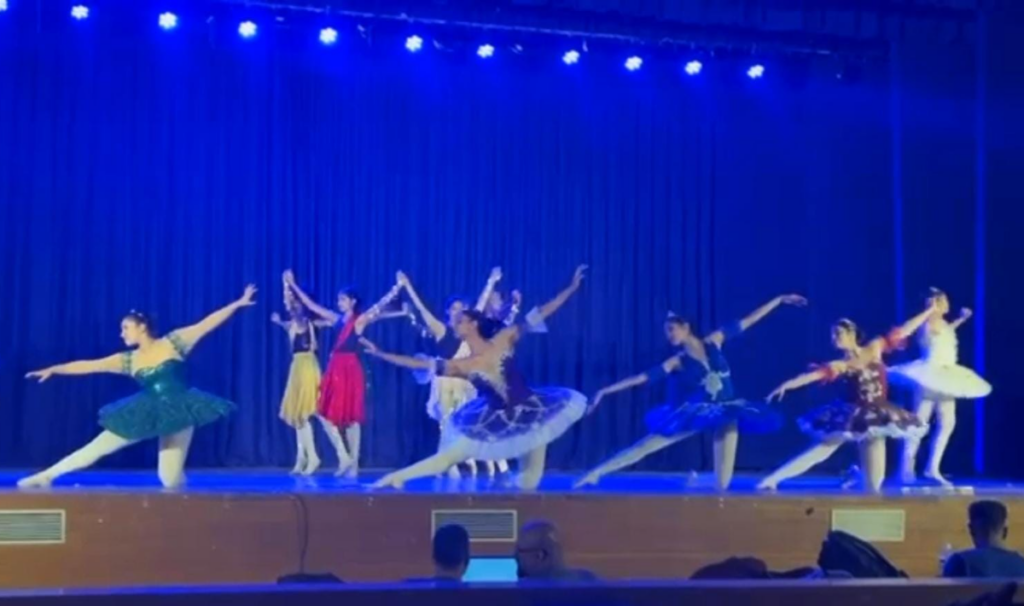
Ballet was nothing short of destiny for Neha. When she was 5 years old, Ballet was not popular in India, but her neighbor was a Russian ballerina. Observing Neha dancing, the ballerina offered to teach her. During summers, Neha and a few friends would visit the ballerina’s house to learn. While her friends struggled with the form, Neha was a natural.
Although the ballerina eventually left, she left behind in Neha a hunger for a dance form otherwise absent from her surroundings.
Neha later found an established ballet academy and was directly promoted to Grade 2. Her ballet journey began simply as a source of happiness; even while dancing with a company, she never intended to pursue dance professionally. Instead, she focused on becoming a chartered accountant while keeping dance as a passion on the side.
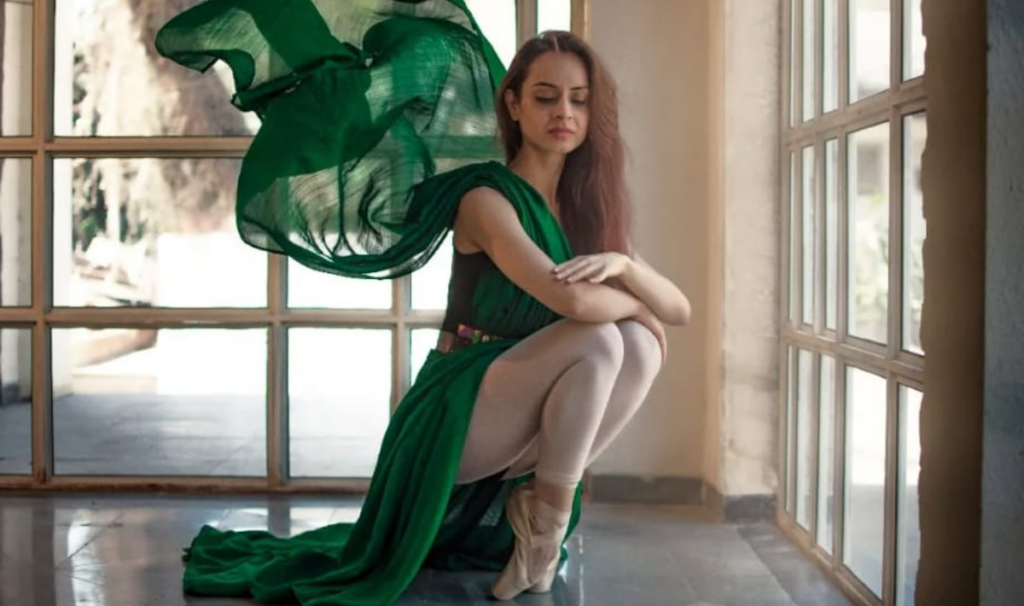
“Once you start knowing what ballet is, the passion, motivation, and dedication always come. Ballet is not a hobby but a lifestyle,” said Neha.
Initially, ballet was taught at only three schools in India—located in Delhi, Bangalore, and Mumbai—but now ballet has made its way into the market, hearts, and cities across the country. Neha states that ballet now thrives in India, including in Pune, where the Les Danseuses Academy of Ballet is located. Despite being based in Pune, she has students from various parts of India, Germany, Singapore, and the United States.
Neha named her academy Les Danseuses Academy of Ballet because she wanted it to represent the community of dancers it encompasses. It is a place for anyone with passion and capability. “It’s not the God-gifted talent but the hard work that matters,” said Neha. Her vision for the academy is for students to carry the love of dance forward, spreading it everywhere.
“Dance is an art that travels,” stated Neha. “Which is why, in India, we learn classical ballet, a dance form originally from the courts of Europe. This is why, in London, people are certified to teach Bharatanatyam, a dance originating from India. It is not restricted to just the fit, just the skinny, or just the talented. It is for everyone.”
Even Bollywood, a form infamous to India, has made its way into the cities and hearts of America.

Shehnaaz Dance Academy is one such pioneer in the performing arts, based in New York and New Jersey. The director and founder, Shehnaaz Jagasia, is a mother of two who started dancing at the age of 3 simply for fun, but it soon became an essential part of her being.
Shehnaaz runs two businesses, one of which is Shenaaz Dance Academy (SDA). The academy specializes in Indian folk, hip-hop, jazz, contemporary, Bollywood, Bharatanatyam, and Kathak. It has been a significant part of the dance industry for the past eight years, engaging in teaching, competitions, and performances all over the tri-state area. SDA was also a part of a major Holi celebration in New Jersey.
Shehnaaz uses Bollywood as a way to experiment, teaching various tonalities of dance and incorporating different styles into the well-known and loved Bollywood form. She emphasizes the “larger than life” picture in her choreographies.
Over the years, she has noticed a significant rise in the number of non-Indian students taking Bollywood classes. In performances, Bollywood often receives the most enthusiastic response. “As the Bollywood songs get you tapping your feet and clapping to the beat,” Shehnaaz said.
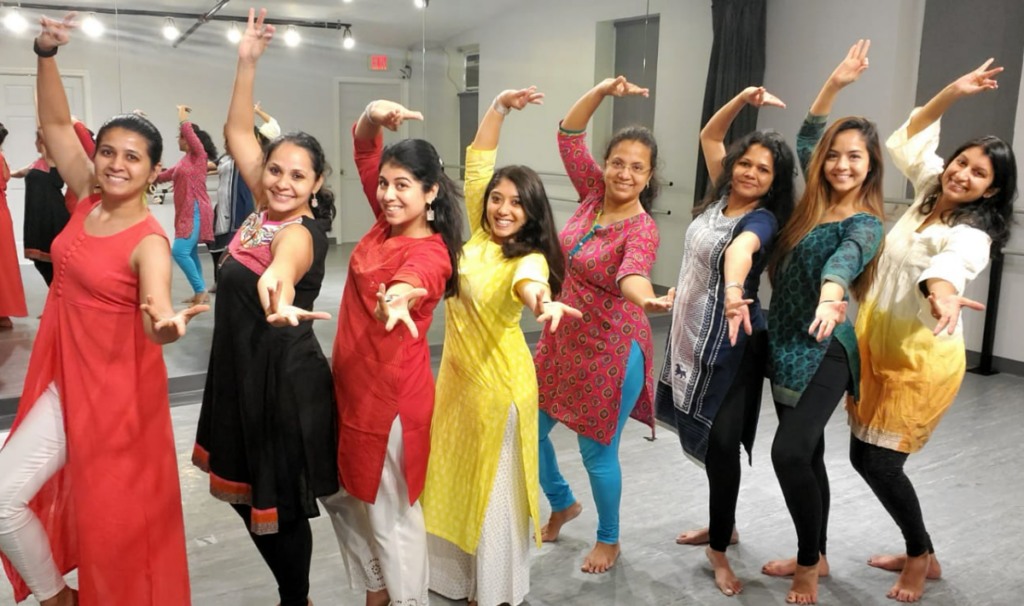
She attributes Bollywood’s growing popularity in the United States to social media, Indian celebrities traveling abroad but maintaining their Bollywood roots, musicians conducting international tours, and schools and community events offering opportunities to showcase culture.
Despite language barriers, she observes: “Dance and music are the one constant that helps you connect. It simply has no boundaries.”
Being old-school at heart, Shehnaaz particularly enjoys teaching the Bollywood music of the 1980s and 1990s, the era she resonates most with.
Speaking of the 1990s era, meet Justine Bhatt, who was a dancer in Bollywood during the 1990s and early 2000s.
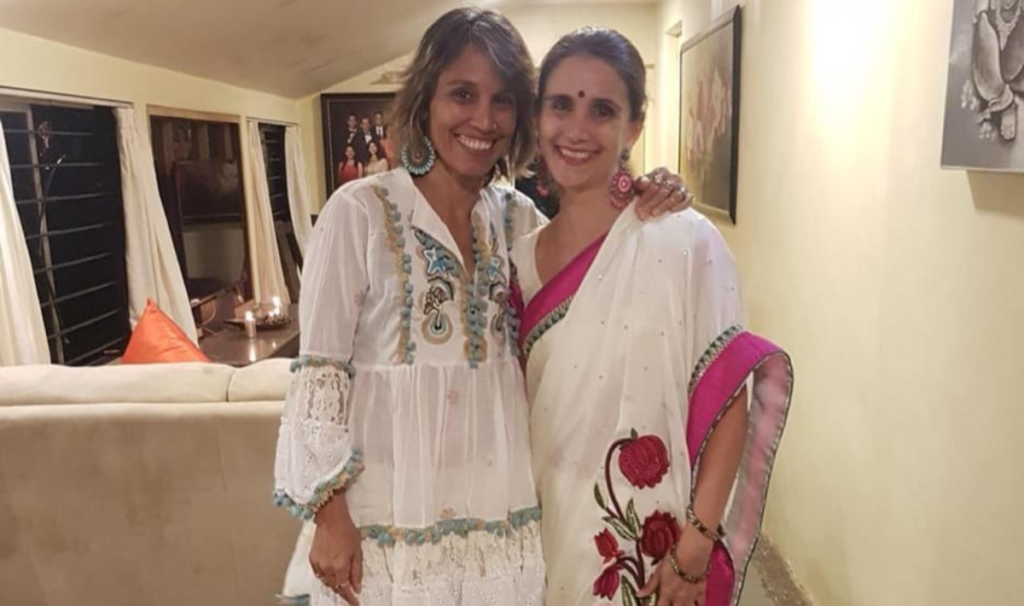
Justine Bhatt and her sister, Kamini Bhatt, run Justine’s Dance Academy in India.“We are two sisters who fortunately are soul mates—who work together, have each other’s backs, and are always there for each other,” said Justine Bhatt.
They foster the energy of friendship, trust, and joy at their academy, which has been running for 20 years. “We aspire to teach dance to make people better versions of themselves and be the best they can be in life, in dance, and in the world. Music and movement help you find peace, and contentment, and see the world in a different, more profound light,” said Justine.
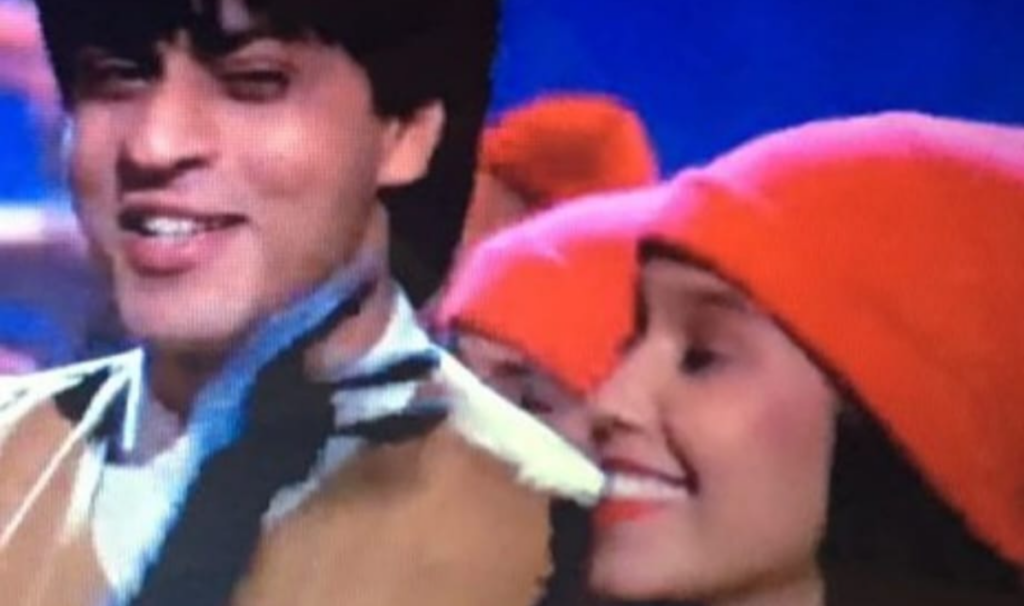
Having danced in the Bollywood industry, Justine describes her experience as “a wonderfully inspiring, exceptionally exciting roller coaster ride, which played a major role in making me the person I am today.”
She began with a video for Baba Sehgal’s “Tora Tora,” followed by the Filmfare Awards in 1994. She later danced in “Rangeela Re” and “Ruk Ja O Dil Deewane” from “Dilwale Dulhaniya Le Jayenge,” and toured internationally with celebrities Shah Rukh Khan (“Wanted,” 2000), and Aamir Khan (“Lagaan,” 2001).
After choreographing for music videos and advertisements, her final appearance as a dancer was in Koi Mil Gaya from Kuch Kuch Hota Hain. She later returned to Pune, where she founded her dance classes in 2004 and continues teaching today.
The origins of Bollywood are somewhat unclear, but Justine explains that it grew out of Indian films in Mumbai, blending Indian classical and folk dances with Western and contemporary forms. “It is a fusion of Indian, Western, and contemporary forms, along with folk styles like Bhangra and Garba,” she said.
What Justine loves most about Bollywood is its versatility. It incorporates all kinds of movements, props, and styles. “It is limitless and brings joy in all its forms.”
Bollywood dance offers wonderful physical and emotional benefits, functioning as a workout and an expressive outlet for people of all ages, castes, genders, and backgrounds. “Bollywood unites people and brings happiness and harmony to the body and mind,” said Justine.
She finds it amazing how Bollywood has expanded globally and continues to grow. “It has spread far and wide to spread its joy, and energy and is being done all over the world, and over the years has gained a lot of popularity.”
In her own life, she remains committed to dancing, teaching, performing, and striving to be the best version of herself—spreading happiness, peace, and joy through dance.
This International Dance Day, let’s acknowledge the mobility of dance-whether ballet or Bollywood- continues to evolve, travel, and inspire, proving that movement truly knows no bounds.
Author

Vrindha, an international student from India, is fueled by her fervent love for diverse art forms such as dance, drama, music and theatre. Eager to immerse herself in new experiences and broaden her horizons, she sees her involvement with the Collegian as a gateway to both sharing her passions and delving into new realms of knowledge.

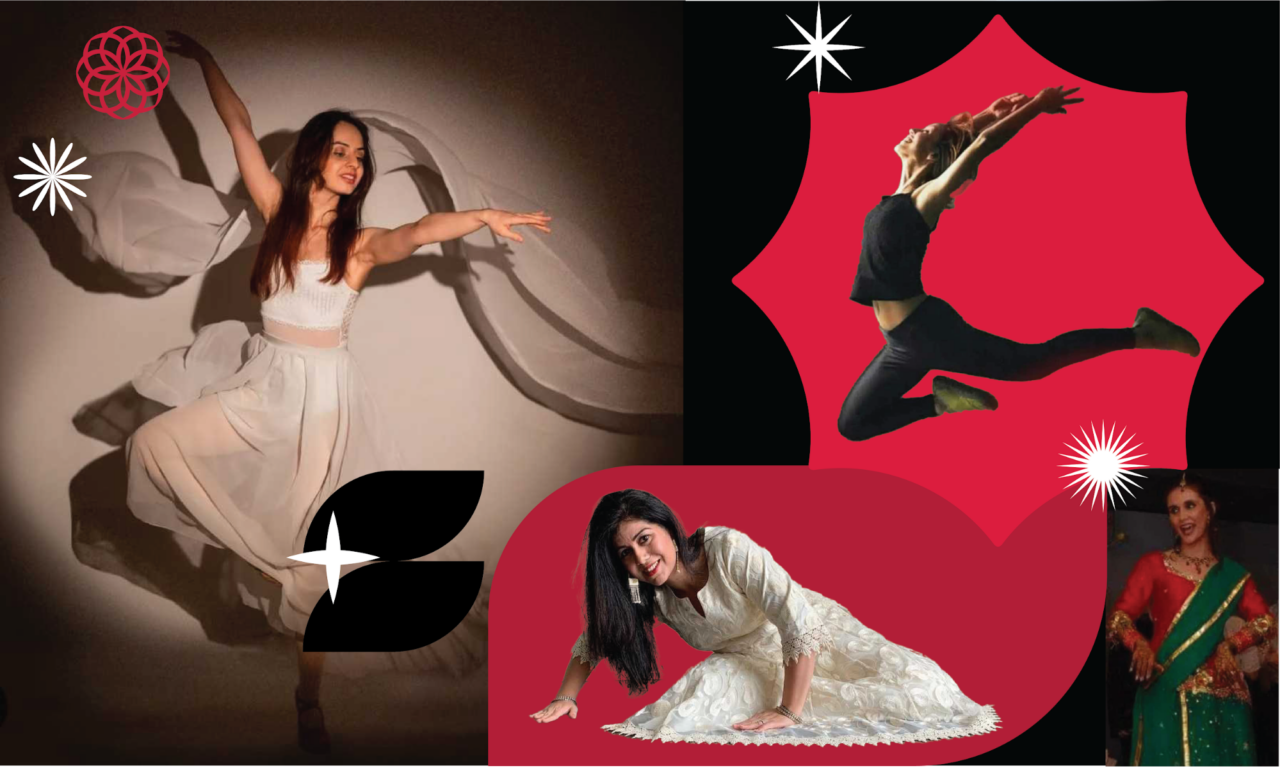



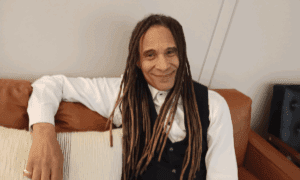
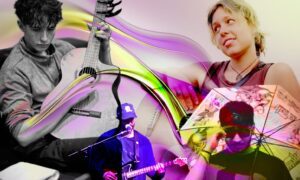
Wow..dancing has indeed evolved so much, the movement in space, perfectioned to a beat or rhythm is captivating.
Beautiful article covering three different dancers and their academy origin.
Kudos to Vrindha, who herself an elegant dancer.